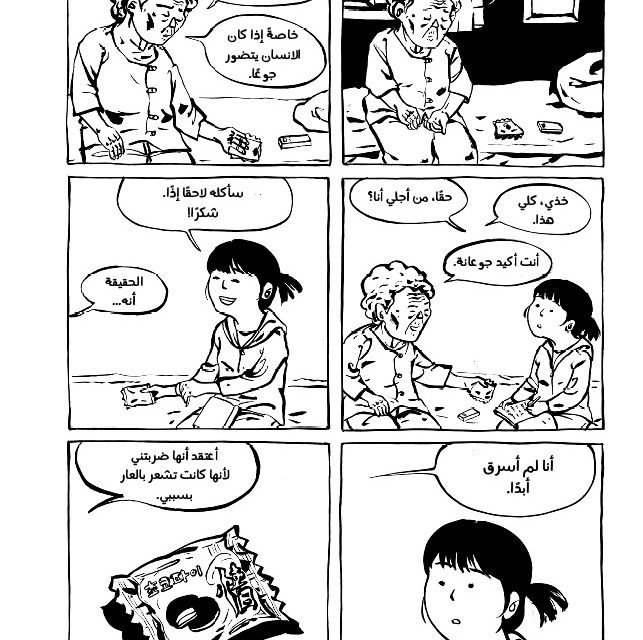


Instead she offers examples of the many men who betrayed her trust-including her husband of fifty years. While Gendry-Kim builds a clear picture of a survivor, deeply admirable for her candor about the injustices done to her and others, I still feel I hardly know her.Īt one point the author pushes Lee, asking whether there might have been “better” men among all that she encountered. The art is skillful and imaginative the tale could use a stronger throughline-and a more nuanced development of who Lee became as an individual. Yet, perhaps the result of documenting a life derailed, in this slow pace the story itself can feel a bit lost. When this works best, the pace demands the reader stay in a difficult experience or offers quiet spaces for reflection. Natural imagery-trees, grasses, stars, flowers-scatter through and cradle the narrative, reminders of the inaccessible beauty and open spaces that surround these women’s closed and difficult daily lives.Īt times, the narrative moves very slowly. Pages alternate between clearly defined scenes, partial images, and illegible smears of ink between light and darkness full-page bleeds and boxy frames.

The artist-author’s pairing of spare words with lovely black-and-white ink artwork demonstrates that for some things there are not only no words but also really no images. Sensitive and understated, this rendering of one woman’s horrific experiences-both during the war and after-does not shy from hard images. 480 pages.Īn oral history in comics form, Grass tells the story of Korean national Lee Ok-Sun, who, at the age of fifteen, was abducted into sexual slavery as one of tens of thousands of “comfort women” serving (being raped by) Japanese soldiers during World War II.


 0 kommentar(er)
0 kommentar(er)
